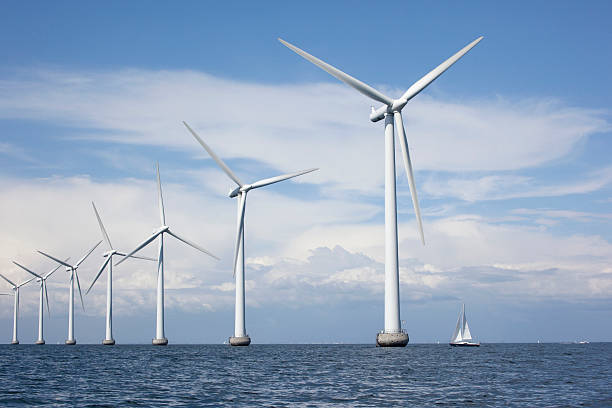Svensk Vindenergi (Swedish Wind Energy Association) has responded to the government’s consultation on new energy policy targets. The proposals include a goal to plan for electricity demand of 300 terawatt hours (TWh) by 2045, a security of supply target and a proposal to revise the energy efficiency target. Sweden is electrifying at a rapid pace. Onshore and offshore wind energy has great potential to, even now, star conitributing to the climate transition in the industrial and transportation sectors, which is essential to maintaining Swedish competitiveness.
Electrification in line with industry needs strengthens Swedish competitiveness. However, time perspective is key. The plan for electricity consumption in 2045 is not sufficient. The wind power industry believes that the government’s proposed energy policy planning goal must be supplemented with intermediate targets for increased electricity production that will ensure the transformation of the industrial and transportation sectors.
The Swedish Wind Energy Association believes that the proposed security of supply target must be made concrete and open to cost-effective solutions from several technologies. The government should also develop its approach to distributing costs in the energy system to ensure security of supply. In order to avoid a target that favors particular energy sources, power system functions that are necessary for the stability of the power grid must be quantified, and the requirements must be technology-neutral.
It is now up to the government to clarify the proposals contained in the draft law on energy policy targeting, which will be submitted to parliament in March.
Proposals from the Swedish Wind Energy Association:
- The 2030 and 2035 time horizon is absolutely crucial for Sweden’s competitiveness.
- The government’s proposed energy policy planning target must be complemented by intermediate targets for increased electricity production, which are devided not only geographically but also by time. Expansion targets should be technology-neutral and monitored regularly.
- Revising the energy policy goal of creating an electricity system 100% free from fossil fuels by 2040.
- Developing a security of supply target that addresses all technologies, i.e. will allow all types of energy and technology to participate. It is also important to make the system as cost-effective as possible.
- Establishing technology-neutral requirements for power system functions: enabling the design of a market that can incorporate as many technologies as possible to increase system liquidity and stability.
- Energy efficiency is key to the transition, and planning for Sweden’s electricity system must not mean lowering the level of ambition.
Source: Svensk Vindenergi














